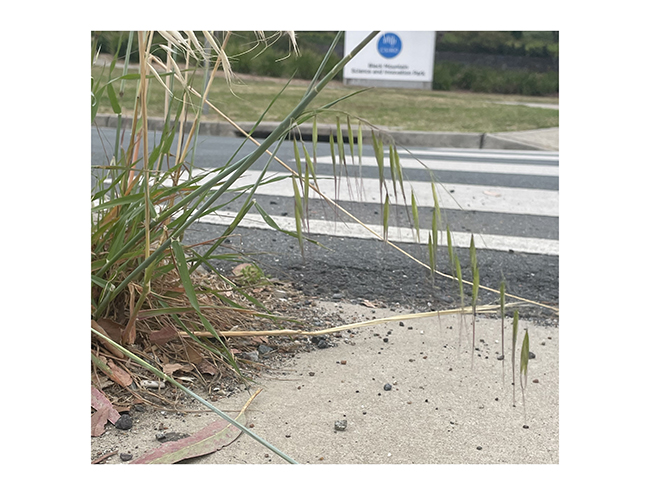E&E PhD Exit Seminar: Genomic epidemiology of oat crown rust disease in Australia and abroad uncovers diverse mechanisms to generate diversity
Rust fungi are a diverse group of plant pathogens consisting of over 8,000 species in the Basidiomycete order Pucciniales. They parasitise numerous plants of agricultural and ecological importance, such as cereals, legumes, and trees.
Speakers
Event series
Content navigation
Description

Rust fungi are a diverse group of plant pathogens consisting of over 8,000 species in the Basidiomycete order Pucciniales. They parasitise numerous plants of agricultural and ecological importance, such as cereals, legumes, and trees. Like plants, rust fungi undergo alternation of generations during their life cycle. This means that their cells either have one haploid nucleus or two haploid nuclei (dikaryon) at different stages of reproduction. Rust fungi are typically dikaryotic during asexual reproduction, which can occur indefinitely through infection by urediniospores. Host adaptation by mutation during asexual propagation may occur rapidly in rust fungi, but adaptation is further accelerated when the sexual cycle is active. The dikaryon enables a third mechanism for generating diversity in the absence of the sexual cycle, in which two individuals exchange entire nuclei without recombination (nuclear exchange). However, it is not understood how much these three mechanisms may contribute to host adaptation at a population scale in most rust species. A pathosystem which is well-suited to explore this is Puccinia coronata f. sp. avenae (Pca), which causes crown rust of oats. Pca is a heteroecious rust which infects oat (Avena spp.) as its telial host and buckthorns (Rhamnus spp.) as its sexual host. Compared to other cereal rusts, Pca is unique in being able to infect globally distributed wild species which serve as a reservoir for inoculum. In addition, different evolutionary mechanisms are more or less influential in Pca populations from different regions, as Rhamnus species are not distributed globally. For example, R. cathartica is prevalent in North America and facilitates frequent recombination and rapid virulence evolution in the northern USA, whereas no alternate host is present in South Africa which is reflected by the presence of only two clonal lineages. Australia is a major oat exporter and in epidemic years Pca represents a constraint to production, but the population in Australia has not been characterised with contemporary molecular methods. To characterize the Australian population, Pca samples from across the country were phenotyped and sequenced with short reads. We confirmed previous reports of high phenotypic diversity but noted a high number of lineages, which was unexpected considering the previous assumption of clonality. We then generated genome references for diverse Pca isolates from the USA, Australia, South Africa, Egypt, Israel, Switzerland, and the United Kingdom to build resources for characterizing a broader set of Pca isolates. At the haplotype level, we confirmed previous reports of genetic recombination in the USA population and additionally detected either sexual or cryptic recombination between Australian isolates. We propose the recent invasive ornamental shrub R. alaternus could be acting as a sexual host for Pca in Australia, but this requires further validation. We also identified nuclear exchange events in Pca that are not only associated with significant changes in fitness but also imply intercontinental migration of haplotypes, which provides further impetus for molecular monitoring of rust pathogen populations on a global scale. The haplotype atlas generated through this work represents a significant resource for exploring how virulence evolves in Pca.
Location
Eucalyptus Seminar Room
Rm S205, Level 2
RN Robertson Building (46)
